D7 and/or D8 must be a zener diode, which only passes current when the voltage reaches its rated breakdown voltage.
The first clue that D7/D8 are intended to conduct in the reverse direction is the fact that the anodes of D3, D5, D7 and D8 are all connected together, as are the cathodes of D4, D6, D7 and D8. No current can flow at all through these nodes unless some diodes are conducting in reverse. D7 and D8 are the most likely candidates.
So, for example, when the upper AC terminal is positive, current flows through D2, D4, D7/D8, D5 and into the gate of SCR1. SCR2 does not fire because it is reverse-biased. Similarly, when the lower AC terminal is positive, current flows through D1, D6, D7/D8, D3 and into the gate of SCR2. Either way, the SCR doesn't fire until D7/D8 breaks down.
Note also that this design relies on the alternator having significant source impedance. Not necessarily resistance — it could be designed with a "lossy" magnetic path that inherently limits the available current.
